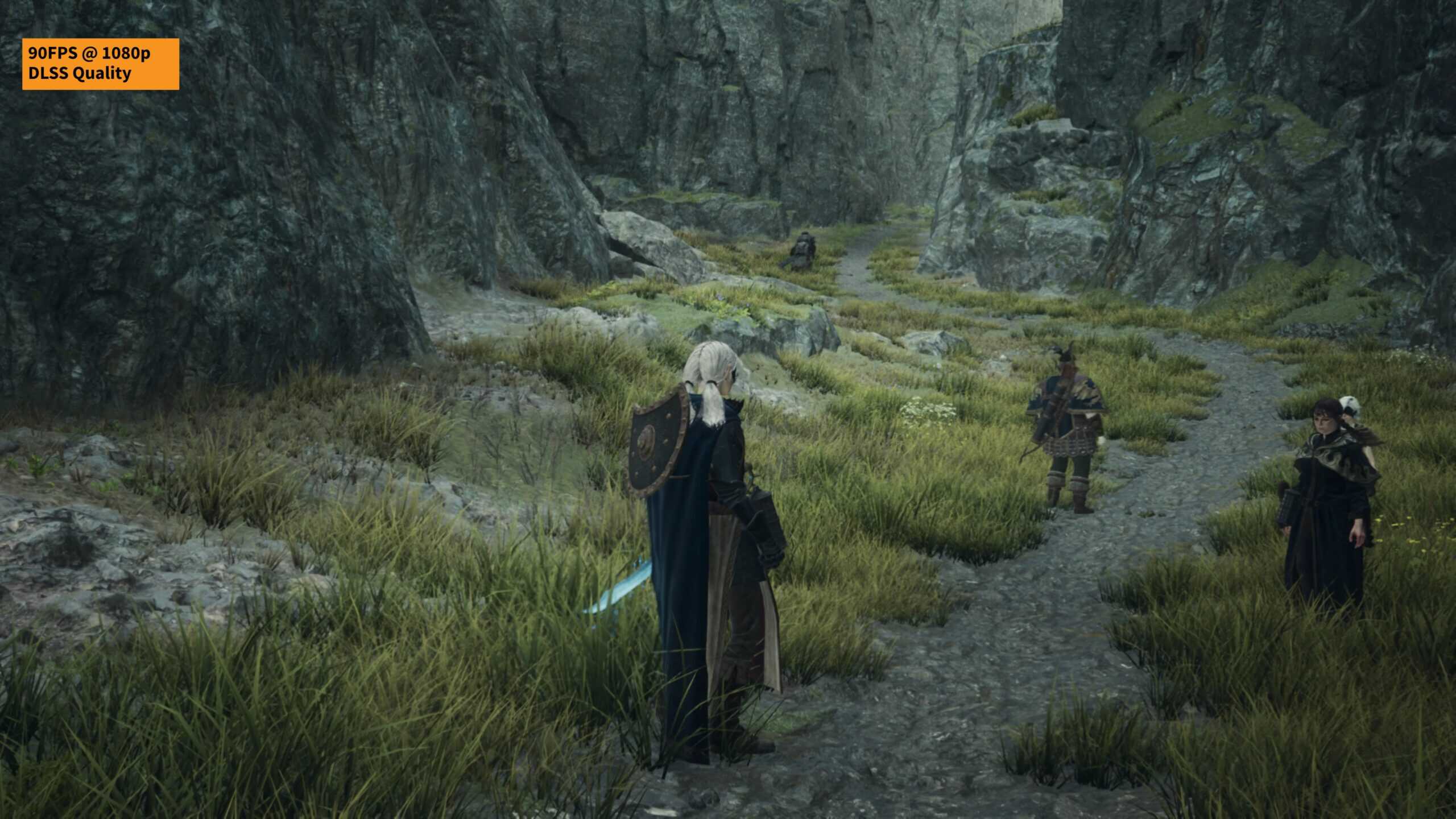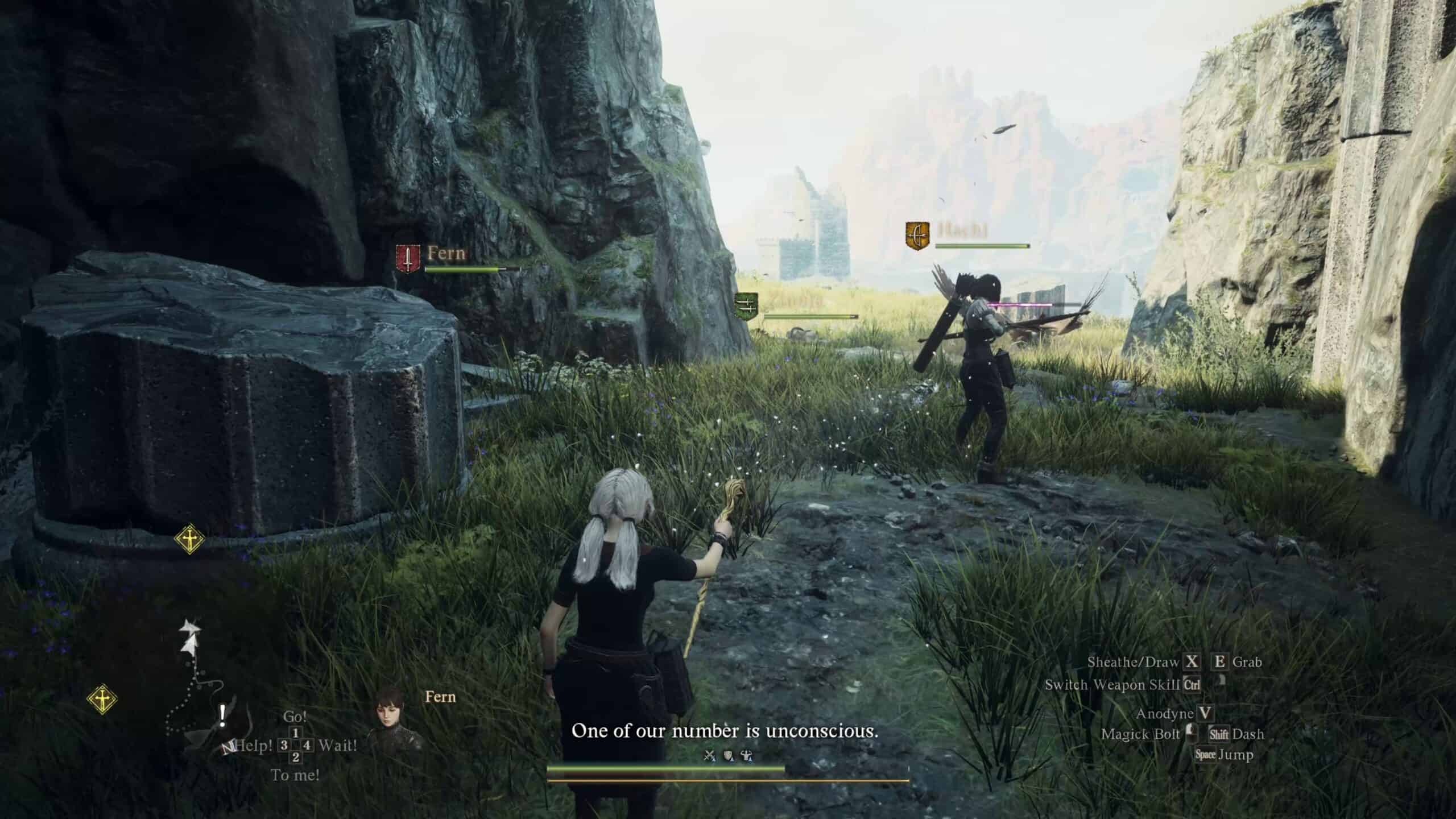Despite Dragon’s Dogma 2 being a massive critical hit, there is no denying that the performance of the PC port is borderline unplayable and, frankly, a massive disappointment not expected from Capcom of late. With almost 50% negative reviews on Steam due to its performance issues (and microtransactions), it’s a shame that so many people are unable to enjoy a strong GOTY contender.
Even if your PC far exceeds the Recommended System Requirements listed on the game’s Steam page, you will not have a smooth experience due to the game’s poor optimization. While the open world of Dragon’s Dogma 2 is stable for the most part, besides some random drops and frame-time spikes, the frames take a massive hit in towns and cities as well as on lower resolutions, where it becomes incredibly CPU-limited.
However, all these issues aside, there are still ways to make your experience as smooth as it can be until Capcom releases some updates to optimize game performance further. While the experience might not still be a rock solid 60FPS, my optimized settings for Dragon’s Dogma 2 should let you come pretty close to it, even in cities, and make the game playable without sacrificing too much on visual quality.
Dragon’s Dogma 2 Settings for Better Performance
Due to the massive number of CPU and graphics card combinations, everyone’s mileage with these graphics settings will vary. Still, they should let you create a decent baseline, and you can tweak further from there. In some cases, you should also be able to go beyond 60 FPS if you want a higher refresh rate experience.
On my rig with an RTX 4070 Ti and a Core i5 13600KF, I have thoroughly tested performance in different open-world situations, general exploration, and heavy combat during day and night to compile these performance settings for Dragon’s Dogma 2, which covers all popular resolution choices: 1080p, 1440p, and 4K.
- Display Mode: Fullscreen
- Resolution: Ideally, your native resolution, but you can turn it down if you are ok with visual sacrifice.
- Dynamic Resolution: Off
- Upscaling: Nvidia users have the option to use either AMD FSR3 or DLSS. I would recommend DLSS at Quality for 1080p, Quality/Balanced for 1440p, and Performance/Balanced for 4K. FSR3 should also be used at the same settings.
- Upscaling Sharpness: 40-50% depending on personal preference
- Raytracing: Off
- Ambient Occlusion: SSAO. If you have some headroom to spare, then enable SDFAO for added immersion.
- Screen Space Reflections: On. While it has a fair amount of impact on performance, the open world water surfaces look downgraded when set to off.
- Mesh Quality: Mid
- Texture Filtering: High (x8)
- Texture Quality: High (1GB)
- Grass/Tree Quality: Low
- Resource-Intense Effects Quality: High. Since Dragon’s Dogma 2 runs mostly fine in open-world areas where these effects are utilized, turning it down will not significantly improve overall performance. However, you can turn it down if your game stutters during combat as these are CPU intensive.
- Shadow Quality: Mid or High. Due to upscaling, Low and Mid might look noticeably blocky, but Mid saves you a decent amount of FPS.
- Shadow Cache: On
- Contact Shadows: Off
- Motion Blur/Depth of Field/Bloom/Lens Flare: personal preference but I prefer turning off Motion Blur.
- Lens Distortion: Off
- Subsurface Scattering: Off
- Motion Quality: Low
The images below will show the quality difference on all three resolutions above at the same settings so you can get an idea of what your game will look like and the frames you can expect.



With these settings, you should be able to maintain 60 FPS while exploring the world of Dragon’s Dogma 2. If you don’t like using DLSS or FSR3, you can always turn them off and use the in-game dynamic resolution, but in my experience, its quality isn’t that great.
Despite earlier claims that Dragon’s Dogma 2 will use Nvidia’s DLSS 3.5 with Frame Generation, it seems like that idea was scrapped or delayed with no word as to why. However, you can enable Frame Gen with the help of a mod, and while that almost doubled my frames, it caused the game to crash every 20-30 minutes, so I would recommend waiting for an official update that enables DLSS with Frame Generation.
